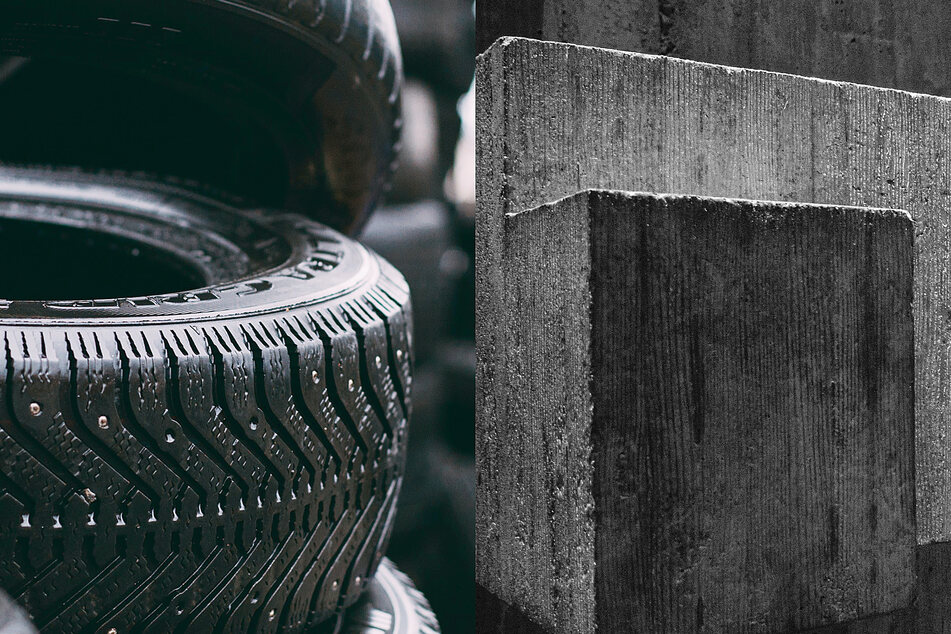Sustainable concrete has some new bounce in its step thanks to old tires
Melbourne, Australia - Concrete is still a heavy emitter of greenhouse gas because of the fossil fuels used to make it, but what if we could kill two climate crisis birds with one stone?

Researchers from the Royal Melbourne Institute of Technology (RMIT) are perfecting a way to make concrete out of old tires, which would cut harmful emissions and costs that come with making the building blocks of infrastructure and cities.
Their study on this new option for making green concrete showed that using old rubber tires instead of the traditional mix of rocks, pebbles, and sand would still make concrete that is strong enough for everyday use.
Plus, switching out the rocks and grit for recycled tires would drop the cost and make concrete more available in parts of the world that have easier access to rubber tires, but not to the mix of rocky bits used in regular concrete.
A special mold and pressure trick squeezes air pockets out of the rubber concrete as it dries – otherwise, the results would be brittle and weak.
The RMIT team took things one step further and figured out how to tweak the process to make a lightweight concrete. It can still be used for bridge piers and beams, as well as wall elements in some buildings like parking garages.
All that remains is figuring out how to really scale up production, and perhaps creating a heavy-duty concrete to replace the more traditional, emissions-heavy kind.
Innovations like making concrete more sustainable are key to working out solutions to heavy industry's emissions problems.
Cover photo: Collage: Unsplash/uve sanchez, Robert Laursoo